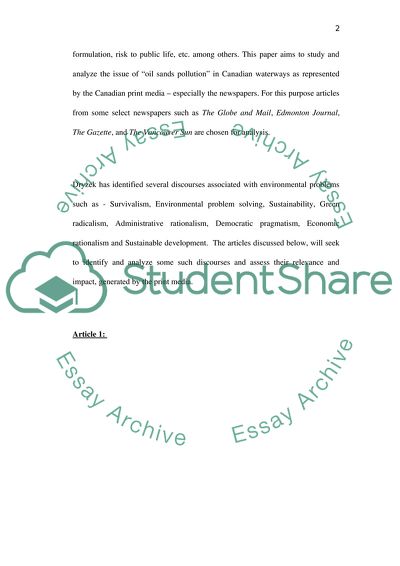Cite this document
(Depiction of Oil Sands Pollution in Waterways in Canadian Print Medi Case Study, n.d.)
Depiction of Oil Sands Pollution in Waterways in Canadian Print Medi Case Study. Retrieved from https://studentshare.org/environmental-studies/1571731-choose-an-environmental-topic-analyse-the-message-about-the-issue-that-is-being-constructed-in-the-media-source-you-have-selected
Depiction of Oil Sands Pollution in Waterways in Canadian Print Medi Case Study. Retrieved from https://studentshare.org/environmental-studies/1571731-choose-an-environmental-topic-analyse-the-message-about-the-issue-that-is-being-constructed-in-the-media-source-you-have-selected
(Depiction of Oil Sands Pollution in Waterways in Canadian Print Medi Case Study)
Depiction of Oil Sands Pollution in Waterways in Canadian Print Medi Case Study. https://studentshare.org/environmental-studies/1571731-choose-an-environmental-topic-analyse-the-message-about-the-issue-that-is-being-constructed-in-the-media-source-you-have-selected.
Depiction of Oil Sands Pollution in Waterways in Canadian Print Medi Case Study. https://studentshare.org/environmental-studies/1571731-choose-an-environmental-topic-analyse-the-message-about-the-issue-that-is-being-constructed-in-the-media-source-you-have-selected.
“Depiction of Oil Sands Pollution in Waterways in Canadian Print Medi Case Study”. https://studentshare.org/environmental-studies/1571731-choose-an-environmental-topic-analyse-the-message-about-the-issue-that-is-being-constructed-in-the-media-source-you-have-selected.


